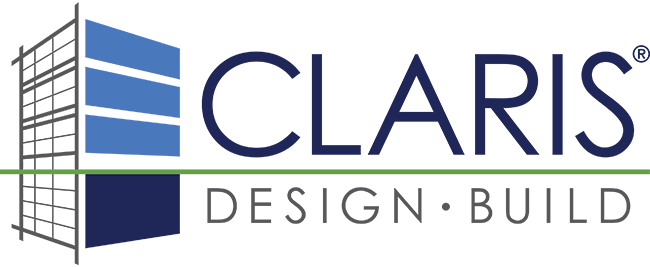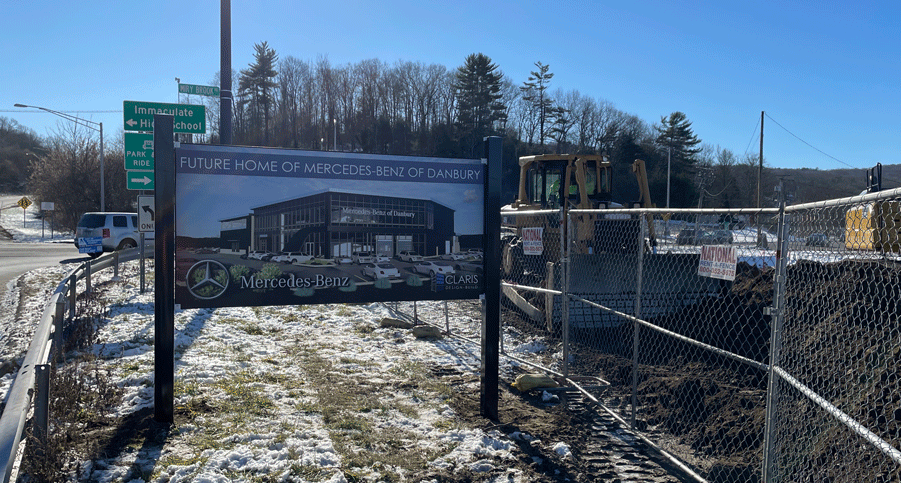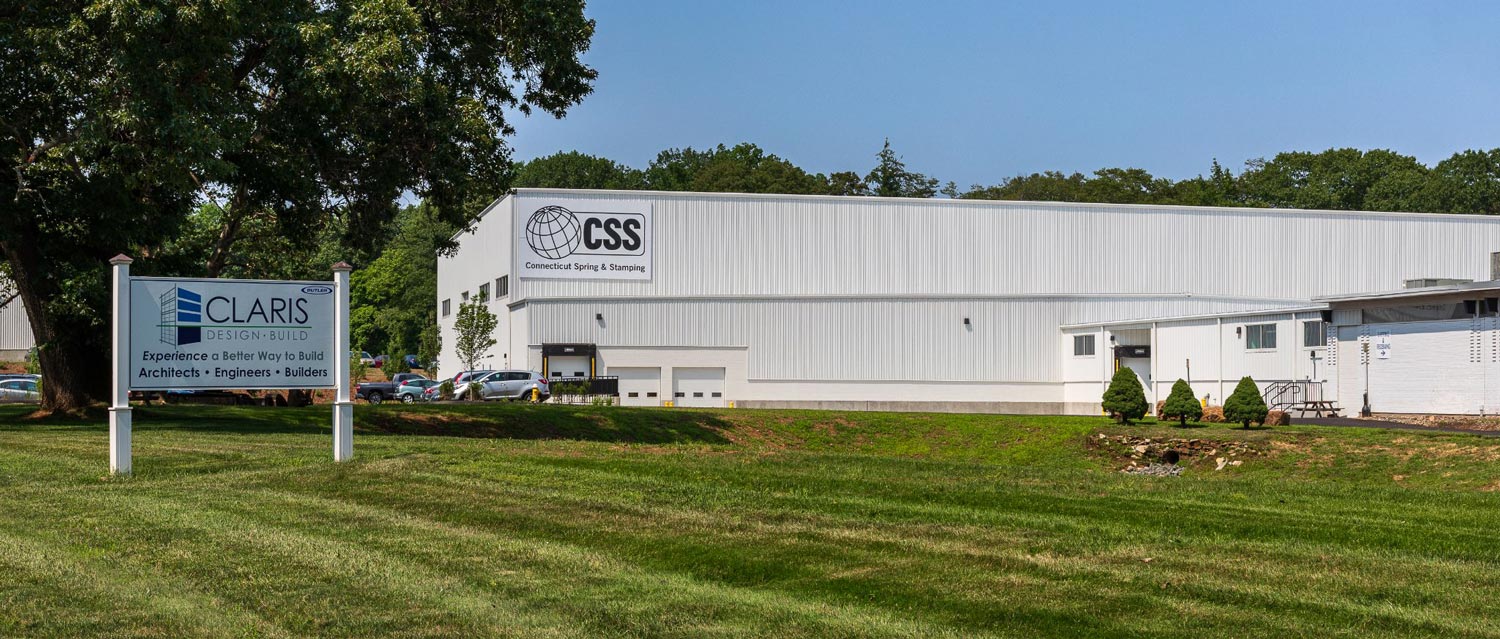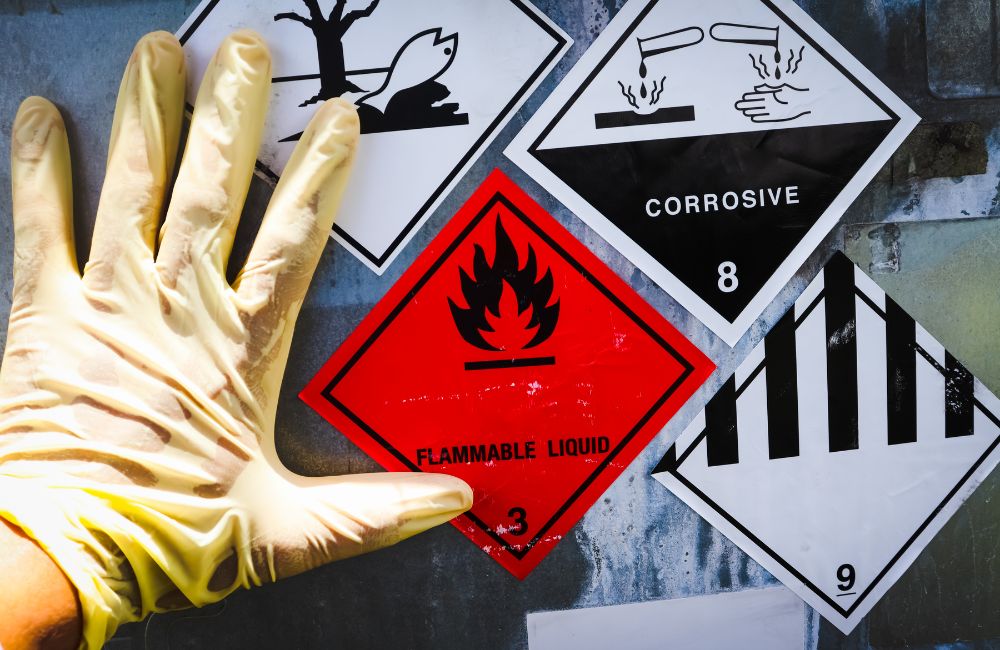The construction industry is often fast-paced and hazardous. As such, implementing an effective Safety Management System (SMS) is not just a regulatory necessity but a critical component in safeguarding workers and optimizing operational efficiency. Here, we delve into the latest SMS strategies and practices for 2024, addressing unique challenges such as elevated accident risks, complex site dynamics, high turnover rates, and budgetary constraints.
What is a Safety Management System?

Although health and safety regulations have evolved over the past century, significant advancements in SMS have occurred in the last 15-20 years, transforming safety management from mere paperwork to adaptable, dynamic solutions. Construction safety management involves detailed plans for implementing safety strategies within a company.
Goals of Safety Management
The goals of an effective SMS in the construction industry are multifaceted, focusing on immediate safety concerns and broader organizational and regulatory aspects. These goals can be categorized into distinct areas, each contributing to the overall effectiveness and efficiency of construction operations:
✔ Lower Accident Rates
A safety plan helps reduce on-site accidents by identifying potential hazards and setting standard operating procedures (SOPs). Conducting job hazard analysis is vital in preventing incidents and informing staff about correct emergency procedures.
✔ Boost in Productivity
A good safety plan unites team members under common safety objectives, maintaining consistent standards and protocols. This involves regular communication among all on-site and in-office teams.
✔ Compliance with Laws and Regulations
A well-managed safety system keeps construction companies legally compliant. This means adhering to federal, state, and local laws, which helps avoid legal issues and ensures cooperation with local authorities like city inspectors.
✔ Better Insurability
Insurance companies consider a company's safety practices when determining risk and setting premiums. A comprehensive safety program can improve a company’s insurance prospects and lower insurance costs.
✔ Employee Satisfaction
Construction work involves risks, and a strong safety program protects employees and shows the company's commitment to their health and safety. This can improve worker retention. A 2022 study showed that reducing employees' perception of health risks boosts job satisfaction and engagement in safety initiatives.
Challenges and Dangers in Construction Industry
The construction industry faces specific challenges in managing safety, such as:
Elevated Accident Risks
The construction industry is known for its high accident risk. Workers face dangers such as falling from heights, electrical hazards, and accidents involving heavy machinery. Managing these risks can be difficult as they often differ significantly between sites, requiring tailored safety approaches for each project.
Complex Work Environments
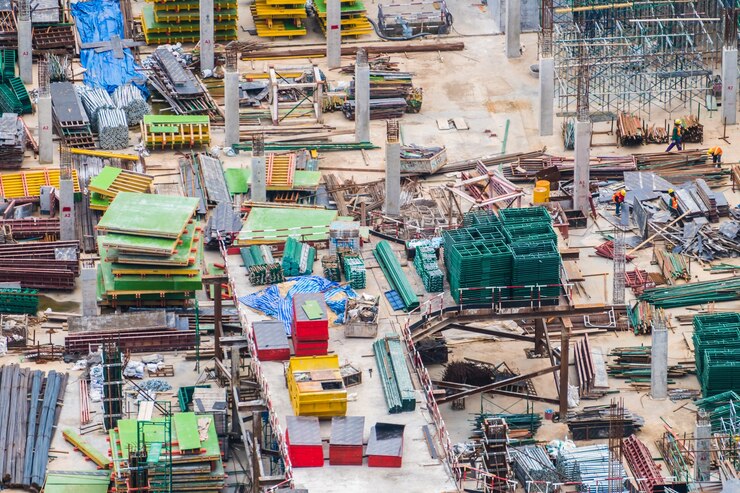
High Turnover Rates
High turnover rates in the construction industry are primarily fueled by physically demanding tasks, project-based employment structures, safety apprehensions, and economic fluctuations. Moreover, the competitive job market and restricted potential career advancements contribute to the constant search for better opportunities among workers, further intensifying turnover rates.
This continuous influx of new personnel creates difficulties in maintaining uniform training and awareness of safety protocols among all workers. Consequently, this scenario heightens the risk of accidents, emphasizing the need for effective strategies to address the issue.
Budget Limitations
Many construction projects operate within tight budget constraints, limiting the resources available for safety initiatives, including training programs, equipment upgrades, and safety protocols.
How to Implement SMS in Construction
A company that doesn't utilize safety management in construction is at risk of repeating unsafe practices until a severe accident occurs. Implementing an SMS helps break this cycle, reducing accidents and injuries. This system is dynamic, continuously fostering a culture of safety.
Here's a step-by-step guide to effectively implement an SMS in your construction business:
- Understand the Importance of SMS: Recognize that a robust SMS is essential not just for compliance, but for preventing the cycle of unsafe work practices leading to serious accidents. An effective SMS actively reduces accidents and injuries, fostering a culture of safety.
- A good SMS follows the Plan-Do-Check-Act (PDCA) method:
✔ Plan: Allocate necessary resources for hazard identification, risk management, and monitoring, starting from the highest policy levels.
✔ Do: Implement these policies and procedures throughout the company, ensuring worker safety education and training.
✔ Check: Evaluate the effectiveness of these measures against set goals and metrics.
✔ Act: Identify any issues during the checks and revisit the planning stage to address them.
- Utilize Safety Management Software: Invest in safety management software to streamline the SMS process and reduce the burden of paperwork. These digital solutions can make safety knowledge more accessible across the company, facilitate reporting and tracking, and ensure compliance with safety standards.
- Employee Training and Engagement: Regularly train employees on safety practices and encourage active SMS participation. Employee buy-in is crucial for the effectiveness of any safety program.
- Continuous Monitoring and Improvement: Keep track of safety performance and look for ways to improve. This could include regular safety audits, updating training programs, and staying up to date with new safety technologies and practices.
4 SMS Key Components
1. Safety Policy
Safety responsibilities are explicitly assigned, with leaders ensuring the effectiveness of safety risk controls. The system, which is periodically reviewed, includes documented processes for safety management, either as a standalone manual or integrated into existing procedures.
2. Safety Risk Management
This involves a comprehensive process involving system description, task analysis, hazard identification, risk analysis, assessment, and control. A cross-functional team conducts these steps, detailing the system, identifying hazards, and analyzing their likelihood and severity. The process employs a risk matrix to assess risks and implement tailored control measures, ultimately reducing the probability and severity of potential risks in specific working conditions.
3. Safety Assurance
This component involves monitoring and evaluating the effectiveness of risk controls through tools like internal audits, investigations, and employee reporting systems. It includes analyzing information against set objectives, identifying patterns, and monitoring safety risk controls for patterns and trends. In cases of control failure, preventive and corrective actions, such as increased supervision or remedial training, are implemented.
4. Safety Promotion
This involves activities that support SMS implementation, including training, knowledge-sharing, and communication. It focuses on cultivating an understanding of the SMS among employees, encouraging learning from shared experiences, and heightening hazard awareness.
Elements of a Successful Safety Management Program
When creating a safety management plan, it's essential to consider various factors to ensure its comprehensiveness. Here are some key elements to develop an effective SMS.
Employee Buy-In
- Crucial for success.
- Plans should be clear and practical, embraced by all levels.
- Consult external experts for thorough input.
- Establish a diverse committee for ongoing reviews.
Safety Policy
- Essential for a firm safety commitment.
- Defines roles and responsibilities.
- Encompasses on-site safety rules and consequences.
- Provides comprehensive information on required PPE.
Identifying and Assessing Hazards
- Regular checks for potential dangers.
- Integrated into the company's safety policy.
Plan for Emergencies
- Encompasses evacuation routes and emergency contacts.
- Designates a safety coordinator for on-site emergencies.
Investigating Incidents
- Clear instructions for reporting.
- Investigate causes to prevent future occurrences.
Effective Communication
- Regular safety discussions and meetings.
- Clear signage at job sites.
- Document safety concerns.
Measuring Success
- Define metrics to gauge the safety system’s effectiveness and achieve safety goals.
- Regular reports on progress towards goals and improvements made over time.
Ongoing Improvements
- Regularly update plans through audits.
- Ensure adherence to policies and adapt to changes.
Overcoming Safety Challenges in Construction
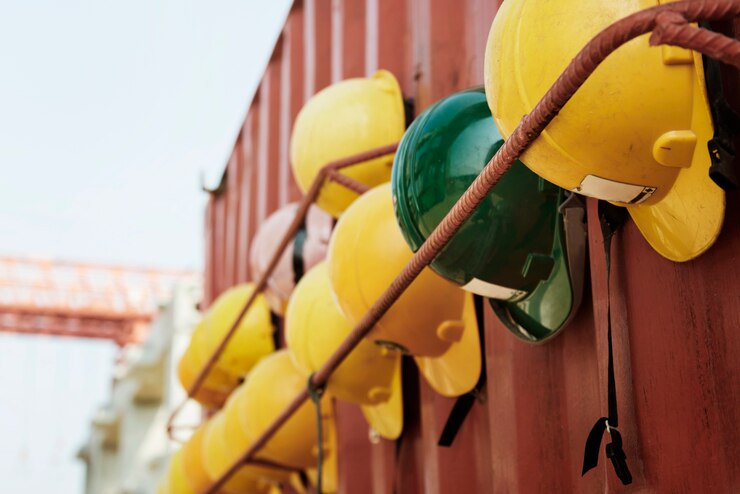
Prioritize Safety and Excellence in Construction with Claris Design•Build!
Statistics don't lie. Our Insurance Safety Modification rate of 0.87 is a testament to our unwavering commitment to safety, making us one of the best in the business. Many firms may talk about safety, but at Claris, we live it.
Choose Claris Design•Build for unparalleled commitment to safety in your construction projects. We prioritize the well-being of every worker and the integrity of each structure through our stringent safety protocols, continuous investment in advanced training, and constant upgrades to the latest safety management in construction.
By partnering with Claris Design•Build, you're not just choosing a construction service; you're choosing safety, quality, and excellence.
